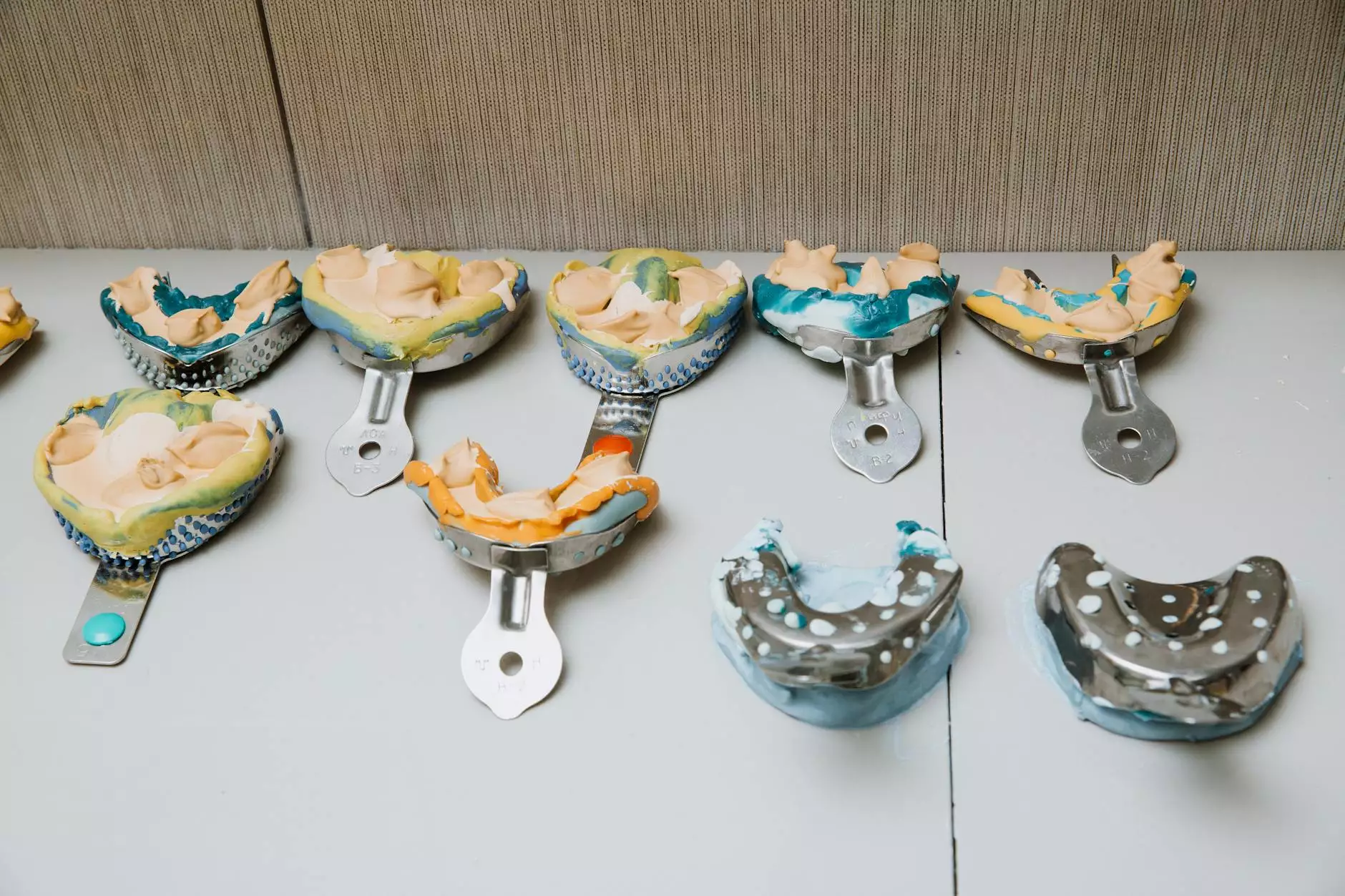Mastering Architectural Model Making: A Comprehensive Guide

Understanding Architectural Model Making
Architectural model making is a crucial step in the design and presentation phases of architectural projects. It allows architects, designers, and clients to visualize structures in a tangible form, facilitating clearer communication of ideas and concepts. As the saying goes, "A picture is worth a thousand words," but a physical model can convey nuances that images sometimes cannot.
The Importance of Scale in Model Making
When creating architectural models, one of the first decisions to make is the scale at which the model will be built. The scale affects how details are portrayed and how the model will be interpreted by clients and stakeholders. Common scales include:
- 1:100 - Useful for public presentations.
- 1:50 - Shows more details and spatial relationships.
- 1:25 - Ideal for showcasing intricate features and finishes.
- 1:1 - Full-scale models for functional assessments (rarely used).
Choosing the right scale is vital. It can influence the model’s portability, level of detail, and overall impact during presentations.
Essential Materials Used in Architectural Models
The materials used in model making significantly impact the final product's appearance and durability. Each material offers unique benefits:
- Foam Board: Lightweight and easy to cut, ideal for quick models.
- Balsa Wood: Provides a durable structure and is easy to manipulate for intricate details.
- Acrylic: Offers transparency and sleek design, suitable for modern architectural styles.
- Cardstock: Great for creating detailed 2D representations or as a skin for more complex models.
- 3D Printing Materials: Allows for complex geometries and structures that are hard to achieve with traditional methods.
In addition to these, adhesives, paints, and other finishing materials play a key role in elevating the model’s presentation quality.
Techniques in Architectural Model Making
There are various techniques involved in the art of architectural model making, which enhance the overall outcome of the model. Here are some of the most effective techniques:
1. Hand Cutting
Hand cutting is a traditional method that provides precision. Using items like knives, blades, and scissors, architects can create intricate details.
2. Laser Cutting
This method uses high-powered lasers to cut materials with extreme precision. It is suitable for complex designs and ensures clean edges.
3. 3D Printing
With advancements in technology, 3D printing has transformed model making. It allows for the rapid production of high-detail models directly from digital files.
4. Assembly Techniques
Understanding how to effectively assemble different materials can greatly impact the model’s stability and appearance. Techniques might include interlocking parts or using fasteners.
Creating an Effective Presentation Model
Presenting an architectural model to clients or stakeholders is an art on its own. The following tips can enhance the presentation:
- Focus on Lighting: Proper lighting can highlight the model's best features and details.
- Environment Setting: Place the model in a context that reflects its future environment.
- Clear Markings: Use labels or notations to explain design elements effectively.
- Digital Enhancements: Consider using digital overlays to show how the model would look in a finished state.
By implementing these strategies, architects can ensure their models are not only visually appealing but also convey the intended message.
Common Challenges in Architectural Model Making
While architectural model making can be rewarding, it comes with challenges. Some common issues include:
1. Time Constraints
Architects often face tight deadlines, which can lead to rushed models lacking quality.
2. Material Limitations
Some materials may not be available in certain regions or might be cost-prohibitive, limiting the choice of materials.
3. Technical Skill Levels
The success of a model often depends on the skill of the person making it. Inconsistencies due to varying skill levels can affect quality.
Future Trends in Architectural Model Making
The field of architectural model making is continuously evolving. Here are some trends that are shaping the future:
- Increased Use of Digital Tools: Software for creating digital models is becoming more advanced, allowing for better visualization before physical construction.
- Sustainable Practices: There is a growing emphasis on using eco-friendly materials and practices within the industry.
- Integration of Augmented Reality (AR): This technology enhances presentations by overlaying digital information onto physical models.
Keeping abreast of these trends is crucial for architects and designers to stay competitive in the industry.
Conclusion
Architectural model making is fundamental to the architectural process, serving as a bridge between concept and reality. By mastering the various aspects discussed in this article, professionals can elevate their practice, enabling them to create stunning models that not only impress clients but also serve as valuable tools in the architectural development process. As technology and materials advance, the possibilities within this craft continue to expand, ensuring that architectural model making remains a vital component of architectural practice.









